Home>diy>Building & Construction>What Are Kickers In Construction
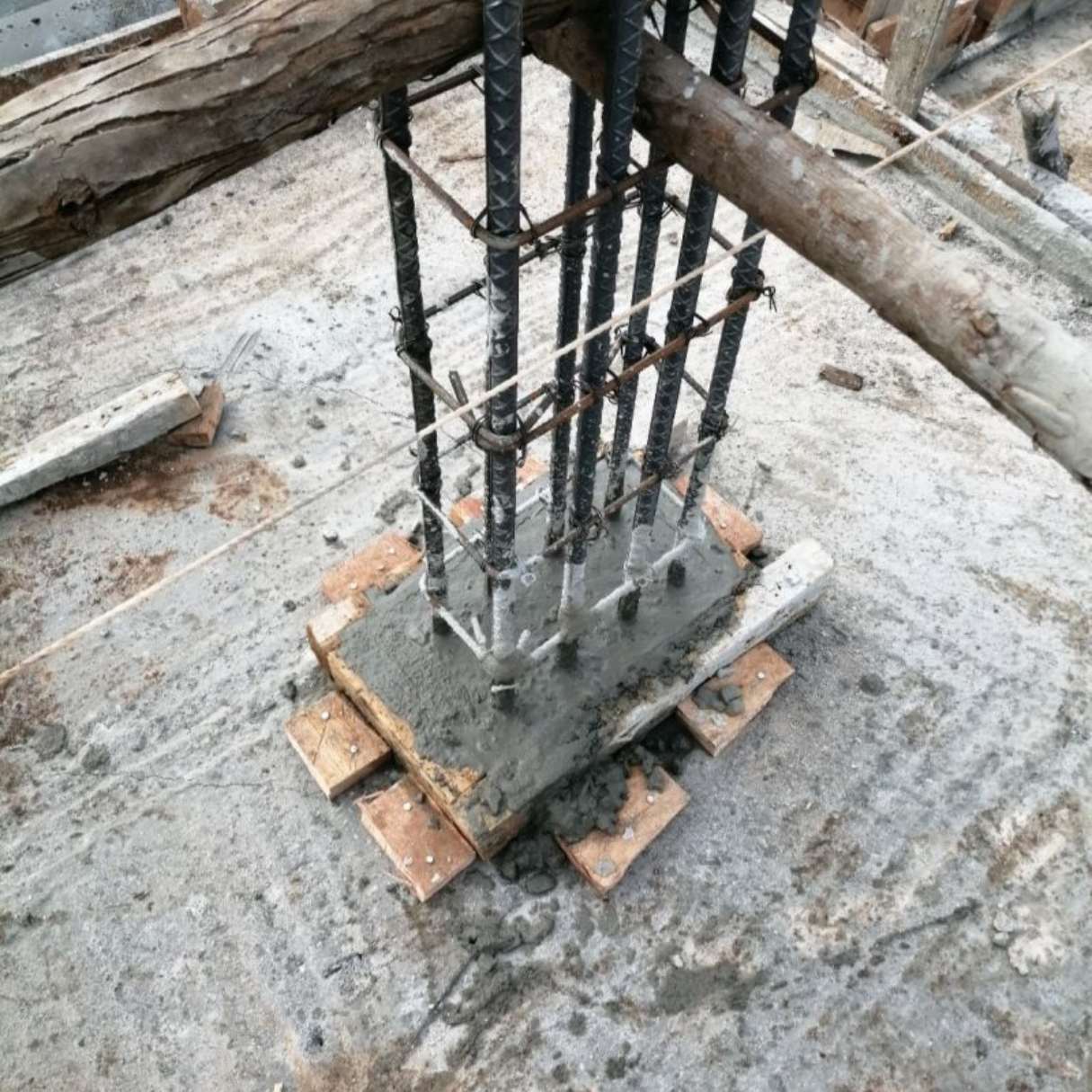

Building & Construction
What Are Kickers In Construction
Modified: December 7, 2023
Learn what kickers are in building construction and how they are used to provide stability and support to structures. Enhance your knowledge of building-construction with this informative guide.
(Many of the links in this article redirect to a specific reviewed product. Your purchase of these products through affiliate links helps to generate commission for Storables.com, at no extra cost. Learn more)
Introduction
In the world of construction, there are various specialized terms and techniques that are used to ensure structural stability and integrity. One such term is “kickers”. Kickers are an essential component of many construction projects, playing a crucial role in providing support and reinforcement to the overall structure.
Whether you’re a professional in the construction industry or a curious homeowner looking to learn more about building techniques, understanding kickers is important. So, in this article, we will explore the definition of kickers, their purpose, types, materials used, installation process, advantages, precautions, and maintenance and repair considerations.
By the end of this article, you’ll have a comprehensive understanding of kickers and how they contribute to the overall strength and stability of a construction project.
Key Takeaways:
- Kickers in construction are diagonal braces that enhance structural stability, resist lateral forces, and increase load-bearing capacity, ensuring safety and longevity of buildings. They offer design flexibility and cost-effective solutions.
- Proper design, high-quality materials, professional installation, and regular maintenance are crucial for the effectiveness and safety of kickers in construction. Adhering to building codes and consulting with experts are essential precautions.
Read more: What Is Pre-Construction In Construction
Definition of Kickers in Construction
In the context of construction, kickers are horizontal braces or supports that connect a vertical or diagonal member to a horizontal beam or column. They are commonly used in load-bearing structures, such as walls, to provide additional strength, stability, and rigidity.
Kickers are typically installed diagonally or at an angle, creating triangular-shaped bracing elements. This triangular configuration helps distribute the load and improve the overall structural performance by preventing the compression and bending of the vertical member.
The term “kickers” is derived from the action of a human kick, which resembles the diagonal placement of these bracing members. Just as a kick provides stability and balance, kickers in construction serve the same purpose by reinforcing the structural components.
These diagonal bracing elements bear the weight of the structure and help resist lateral forces, such as wind or seismic loads. This additional support reduces the risk of structural failure and ensures the durability and longevity of the construction project.
Overall, kickers are integral components of load-bearing structures, adding strength and stability to the construction by connecting vertical or diagonal members to horizontal elements.
The Purpose of Kickers
The primary purpose of kickers in construction is to enhance the structural integrity and stability of a building or structure. They play a vital role in improving the load-bearing capacity, resisting deformations, and preventing potential failures that may arise due to lateral forces, such as wind, seismic activity, or dynamic loads.
Here are some key purposes and benefits of using kickers in construction:
- Structural Reinforcement: Kickers help distribute the weight and load more evenly across the structure, reducing the stress on individual components. By providing additional bracing and support, they enhance the overall strength and durability of the building.
- Preventing Lateral Movement: One of the primary functions of kickers is to resist lateral forces, such as wind loads. By connecting vertical or diagonal members to horizontal beams or columns, they effectively counteract the sideways movement and minimize the risk of structural failure.
- Increasing Rigidity: Kickers add rigidity to the structure by reducing deflections or deformations caused by external forces. They enhance the stiffness of the building, allowing it to withstand dynamic loads and vibrations more efficiently.
- Improving Safety: By providing additional support and stability, kickers contribute to the safety of the occupants. They help maintain the structural integrity, reducing the risk of collapse or structural damage during extreme weather events or seismic activities.
- Allowing for Flexibility in Design: Kickers offer flexibility in design by allowing the construction of taller and more open spaces without compromising on stability. They provide an efficient way to span large distances while ensuring structural integrity.
Overall, kickers play a crucial role in enhancing the structural integrity and stability of a building, making it more resilient to external forces and ensuring the safety of its occupants. By providing reinforcement and resisting lateral movements, kickers contribute to the long-term durability and performance of the construction project.
Types of Kickers
In construction, kickers come in various types, each designed to meet specific structural requirements and architectural designs. The choice of kicker type depends on factors such as the building’s purpose, load-bearing capacity, and design considerations. Let’s explore some common types of kickers:
- Traditional Kickers: Traditional kickers are the most commonly used type, consisting of diagonal supports that connect a vertical or diagonal member to a horizontal beam or column. They are typically made of steel or reinforced concrete and are installed at regular intervals along the structure to provide stability.
- X-Bracing: X-bracing kickers involve the placement of two diagonal braces in the form of an “X” pattern. This type of kicker is often used in buildings with large open spaces, such as warehouses or exhibition halls. X-bracing kickers offer excellent resistance against lateral loads and help distribute the forces more evenly.
- Knee Bracing: Knee bracing kickers are used in timber construction, where the diagonal support is attached to a beam or post at the junction, forming a knee-like shape. This type of kicker effectively resists lateral forces while adding aesthetic appeal to the structure.
- V-Shape Bracing: V-shape bracing kickers are commonly used in truss structures, where two diagonal members meet at a common point to form a V shape. This type of kicker is efficient in resisting axial and lateral forces, offering stability to the roof and preventing excessive deflections.
- Cross Bracing: Cross bracing kickers involve the placement of diagonal braces in the form of an “X” or a cross pattern between vertical or diagonal members. This type of kicker is commonly used in scaffolding and temporary structures, providing temporary stability during construction and renovation projects.
These are just a few examples of the types of kickers used in construction. The specific type chosen will depend on the structural requirements, architectural design, and the desired level of stability and strength for the building or structure.
Consulting with a structural engineer or an experienced construction professional can help determine the most suitable type of kicker for a specific project, ensuring optimal structural performance and safety.
Materials Used for Kickers
Kickers in construction are typically made from durable and robust materials that provide strength, rigidity, and longevity to the structure. The choice of materials depends on factors such as the type of construction, load-bearing capacity, and environmental conditions. Here are some common materials used for kickers:
- Steel: Steel is a widely used material for kickers due to its high strength-to-weight ratio and excellent load-bearing capabilities. Steel kickers are resistant to corrosion and can withstand heavy loads, making them suitable for various construction projects.
- Reinforced Concrete: Reinforced concrete kickers are commonly used in reinforced concrete structures. They are made by embedding steel reinforcement bars within the concrete to provide additional strength and stiffness. Reinforced concrete kickers offer durability and can withstand both compressive and tensile forces.
- Wood: In timber construction, kickers made from wood are often used. Wood kickers are lightweight, easy to handle, and can be easily customized on-site. They provide adequate structural support and are suitable for smaller-scale constructions or temporary structures.
- Composite Materials: Composite materials, such as fiberglass or carbon fiber reinforced polymers, are becoming increasingly popular choices for kickers. These materials offer high strength, low weight, and resistance to corrosion. Composite kickers are ideal for applications where weight reduction and durability are important considerations.
- Masonry: In certain construction projects, kickers made from masonry materials, such as bricks or blocks, may be used. These masonry kickers provide both aesthetic appeal and structural support, contributing to the overall stability and strength of the wall or structure.
The selection of the materials for kickers depends on factors such as budget, structural requirements, local building codes, and desired aesthetics. It is important to consult with a structural engineer or construction professional to determine the most suitable material for kickers based on the specific project parameters.
Ultimately, the chosen material should be able to provide the necessary strength, stability, and durability to ensure the long-term structural integrity of the construction project.
When using kickers in construction, make sure they are securely anchored to the formwork to provide stability and support for the concrete during pouring and curing.
Read more: What Is Construction
Installation Process of Kickers
The installation process of kickers in construction involves several steps to ensure proper placement and secure attachment. Here is a general overview of the installation process:
- Design and Planning: Before the actual installation, a structural engineer or architect determines the required placement, size, and type of kickers based on the structural design and load-bearing requirements of the building or structure.
- Preparation of Materials: The necessary materials for kickers, such as steel members, reinforced concrete forms, or wooden beams, are prepared according to the design specifications. The materials are cut or shaped to the required lengths and angles.
- Marking and Layout: The locations for the kickers are marked on the vertical or diagonal members and the horizontal beams or columns. Accurate measurements and proper layout are crucial to ensure correct positioning and alignment of the kickers.
- Installation of Anchors: Anchors, such as brackets or anchor plates, are installed on the vertical or diagonal members and the horizontal elements. These anchors provide a secure connection point for attaching the kickers.
- Attachment of Kickers: The kickers are attached to the anchors using bolts, welding, or other appropriate methods depending on the chosen materials. Careful attention is paid to ensure that the kickers are securely fastened while maintaining the desired angle and alignment.
- Verification and Adjustments: Once the kickers are installed, a thorough inspection is conducted to verify their position, attachment, and alignment. Any necessary adjustments or corrections are made to ensure the kickers are properly in place.
- Quality Control and Documentation: After the installation is complete, quality control checks are performed to ensure the kickers meet the required standards. Documentation of the installation process, including drawings and specifications, is maintained for future reference and construction documentation.
It is important to note that the specific installation process may vary depending on the construction project, the chosen type of kickers, and the materials used. It is always recommended to consult with professionals, such as structural engineers or construction experts, to ensure the proper installation of kickers according to the specific project requirements.
By following a careful and precise installation process, kickers can provide the necessary support and reinforcement to the structure, ensuring its stability and longevity.
Advantages of Using Kickers
The use of kickers in construction offers several advantages that contribute to the overall strength, stability, and performance of a building or structure. Here are some key advantages of using kickers:
- Enhanced Structural Stability: Kickers improve the overall stability of a structure by providing additional support and reinforcement. They help distribute the load more evenly, reducing stress on individual components and minimizing the risk of structural failure.
- Resistance to Lateral Forces: One of the primary functions of kickers is to resist lateral forces, such as wind loads or seismic activity. By connecting vertical or diagonal members to horizontal elements, kickers effectively counteract the sideways movement and improve the building’s ability to withstand external forces.
- Increase Load-Bearing Capacity: Kickers increase the load-bearing capacity of a structure by improving its rigidity and stiffness. They distribute the weight and load more evenly, reducing the risk of excessive deflections and ensuring the structure can support heavier loads.
- Flexibility in Design: Kickers offer architectural flexibility by allowing for the construction of taller and more open spaces. With the added support and stability they provide, builders can create innovative designs with larger openings, such as expansive windows or atriums, without compromising on the structural integrity.
- Improved Safety: The use of kickers improves the safety of a building or structure by enhancing its resistance to external forces. By preventing excessive deflections and minimizing the risk of structural failure, kickers contribute to the safety of the occupants, particularly during extreme weather conditions or seismic events.
- Cost-Effective Solution: Implementing kickers in the construction of a building can be a cost-effective solution in the long run. By enhancing the structural integrity and reducing the risk of damage or failure, kickers help prevent costly repairs or structural modifications in the future.
Overall, the use of kickers in construction offers numerous advantages, from improved stability and load-bearing capacity to increased safety and design flexibility. Incorporating kickers into a construction project can enhance the overall performance and longevity of the structure, providing peace of mind for the builders and occupants alike.
Precautions When Using Kickers
While kickers play a crucial role in enhancing the stability and strength of a construction project, it is important to take certain precautions to ensure their effectiveness and safety. Here are some key precautions to consider when using kickers:
- Proper Design and Engineering: Ensure that the kickers are designed and engineered by professionals who specialize in structural stability. A thorough analysis of the structure’s requirements and load conditions must be conducted to determine the appropriate size, placement, and type of kickers to be used.
- Compliance with Building Codes: Adhere to local building codes and regulations when installing kickers. These codes ensure that proper safety measures are in place and that the structure meets the required standards for strength and stability.
- Quality Materials: Use high-quality materials that comply with industry standards for construction. This includes choosing kickers made from durable materials that can withstand the anticipated loads and environmental conditions.
- Professional Installation: Entrust the installation of kickers to skilled and experienced professionals who have expertise in structural engineering and construction. Improper installation can compromise the effectiveness and safety of the kickers.
- Regular Inspection and Maintenance: Conduct regular inspections to ensure the kickers remain in good condition and perform their intended function. Inspect for signs of damage, such as corrosion, cracks, or deformations, and address any issues promptly to prevent further deterioration.
- Consider the Effects of Settlement: Take into account possible settlement of the structure over time when designing and installing kickers. Proper assessment of the soil conditions and potential settlement will help ensure that the kickers can accommodate structural movements without compromising their effectiveness.
- Clear Communication: Clearly communicate the presence and purpose of kickers to all relevant parties involved in the construction project. This includes contractors, workers, and occupants, so they are aware of the presence and purpose of kickers and can take appropriate precautions.
- Professional Guidance: Seek guidance from structural engineers or construction professionals when in doubt about the design, installation, or maintenance of kickers. Their expertise and experience can provide valuable insights and ensure that all necessary precautions are taken.
By following these precautions, you can ensure the proper installation, function, and ongoing safety of kickers in your construction project. Remember, the structural integrity and stability of the building are of utmost importance, and taking these precautions will help safeguard against potential risks and ensure the long-term performance of the structure.
Maintenance and Repair of Kickers
Maintaining and repairing kickers is essential to ensure their continued effectiveness and the overall stability of the structure. Regular inspections and timely maintenance can help identify and address any issues before they escalate. Here are some key considerations for the maintenance and repair of kickers:
- Regular Inspections: Schedule periodic inspections of the kickers to assess their condition. Look for signs of corrosion, cracks, deformation, or any other damage that may compromise their structural integrity. Inspections should be conducted by qualified professionals to ensure a thorough assessment.
- Cleaning and Removal of Debris: Keep the kickers clean and free from any debris that may accumulate over time. Debris can contribute to corrosion or deterioration, so regular cleaning is necessary to maintain the integrity of the kickers.
- Repair or Replacement of Damaged Kickers: If any damage is detected during inspections, take immediate action to repair or replace the damaged kickers. This may involve reinforcing weakened sections, repairing corrosion, or replacing the entire kicker if necessary.
- Maintaining Proper Anchorage: Check the anchorage points of the kickers to ensure that they remain securely attached to the vertical or diagonal members and horizontal elements. If any signs of detachment or loosening are observed, take prompt action to reinforce the anchors or reattach the kickers.
- Monitoring Settlement: Continuously monitor for any settling or movement in the structure that may affect the alignment or effectiveness of the kickers. If excessive settlement is observed, consult with experienced structural engineers to determine the appropriate remedial measures.
- Documentation of Maintenance Activities: Maintain a record of all maintenance and repair activities conducted on the kickers. This documentation helps track the history of maintenance, evaluate the effectiveness of repair measures, and provide valuable information for future inspections or renovations.
- Consultation with Professionals: When in doubt regarding maintenance or repair procedures for kickers, seek guidance from structural engineers or construction professionals. They can provide expert advice and ensure that the maintenance and repair activities are carried out correctly and in accordance with industry standards.
By implementing regular maintenance practices and addressing any issues promptly, you can ensure that kickers continue to provide the necessary support and reinforcement to the structure. Proper maintenance and timely repairs contribute to the long-term stability and durability of the building or structure.
Conclusion
Kickers play a vital role in the construction industry, providing essential support and reinforcement to ensure the stability and strength of buildings and structures. Understanding the definition, purpose, types, materials, installation process, advantages, precautions, and maintenance considerations of kickers is crucial for construction professionals and anyone interested in the field.
With their diagonal bracing configuration, kickers distribute loads evenly, resist lateral forces, enhance structural stability, increase load-bearing capacity, and improve the safety of the building and its occupants. They also offer design flexibility, allowing for the construction of unique and innovative architectural spaces.
Choosing the appropriate materials for kickers, ensuring professional installation, complying with building codes, and conducting regular inspections and maintenance are important precautions to consider to ensure the effectiveness and safety of kickers. Monitoring settlement, cleaning debris, and promptly addressing any damage or detachment of kickers are essential maintenance practices to maintain their integrity over time.
In conclusion, kickers are valuable components in construction that contribute to the stability, strength, and durability of buildings and structures. Incorporating kickers enhances the overall performance of the construction project and provides peace of mind for builders, occupants, and future owners. By understanding and implementing proper techniques, the use of kickers can significantly improve the safety and longevity of construction projects.
Frequently Asked Questions about What Are Kickers In Construction
Was this page helpful?
At Storables.com, we guarantee accurate and reliable information. Our content, validated by Expert Board Contributors, is crafted following stringent Editorial Policies. We're committed to providing you with well-researched, expert-backed insights for all your informational needs.
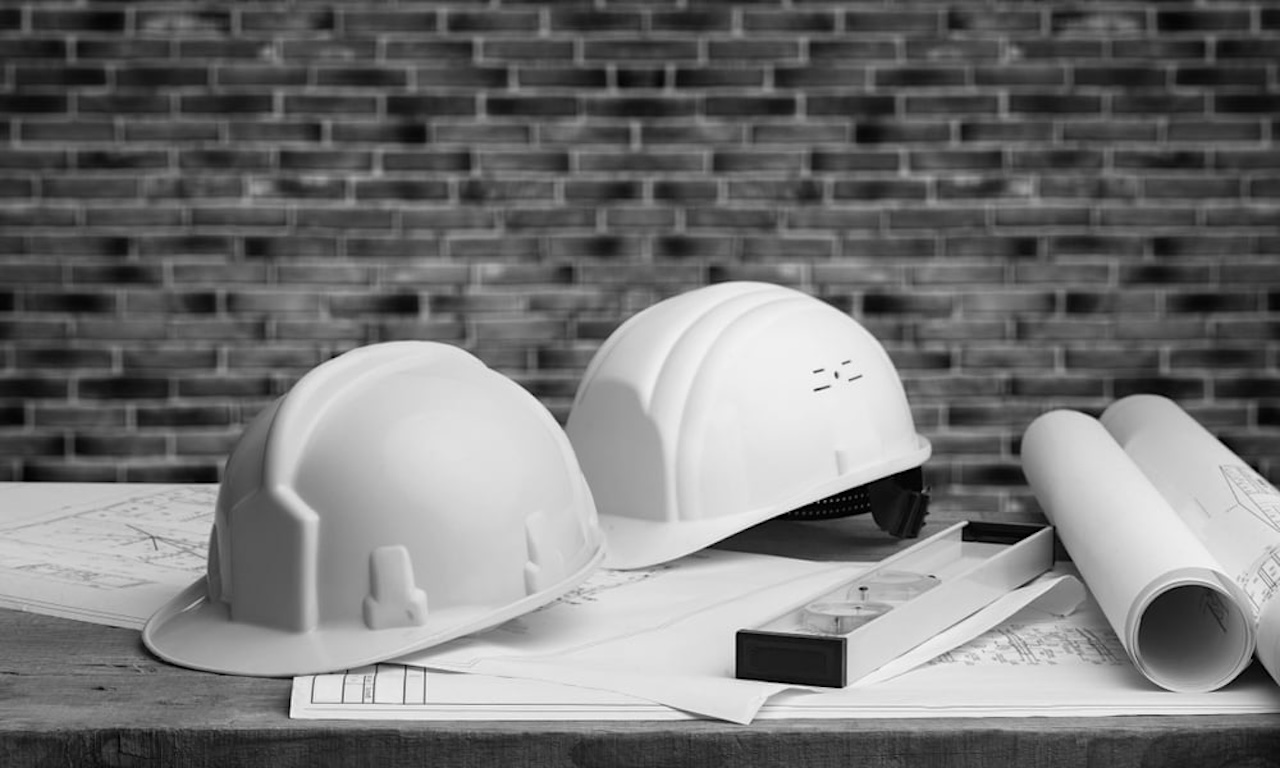




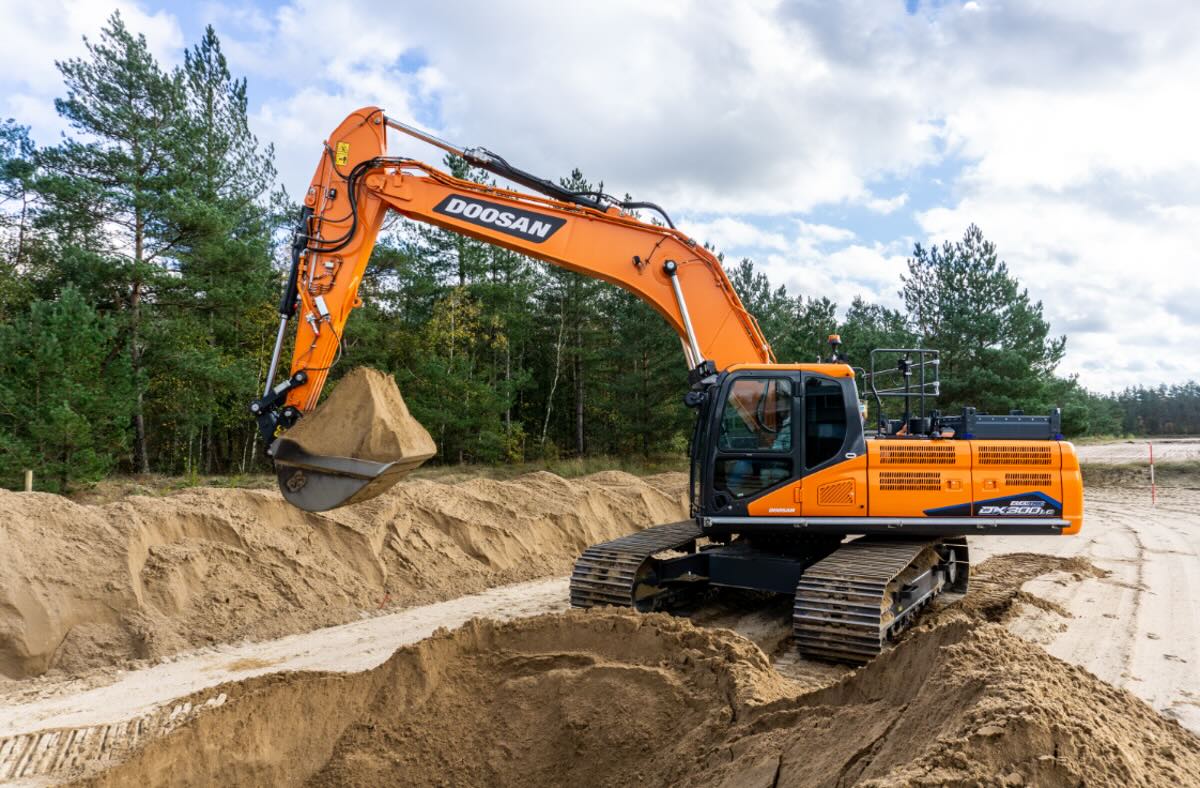

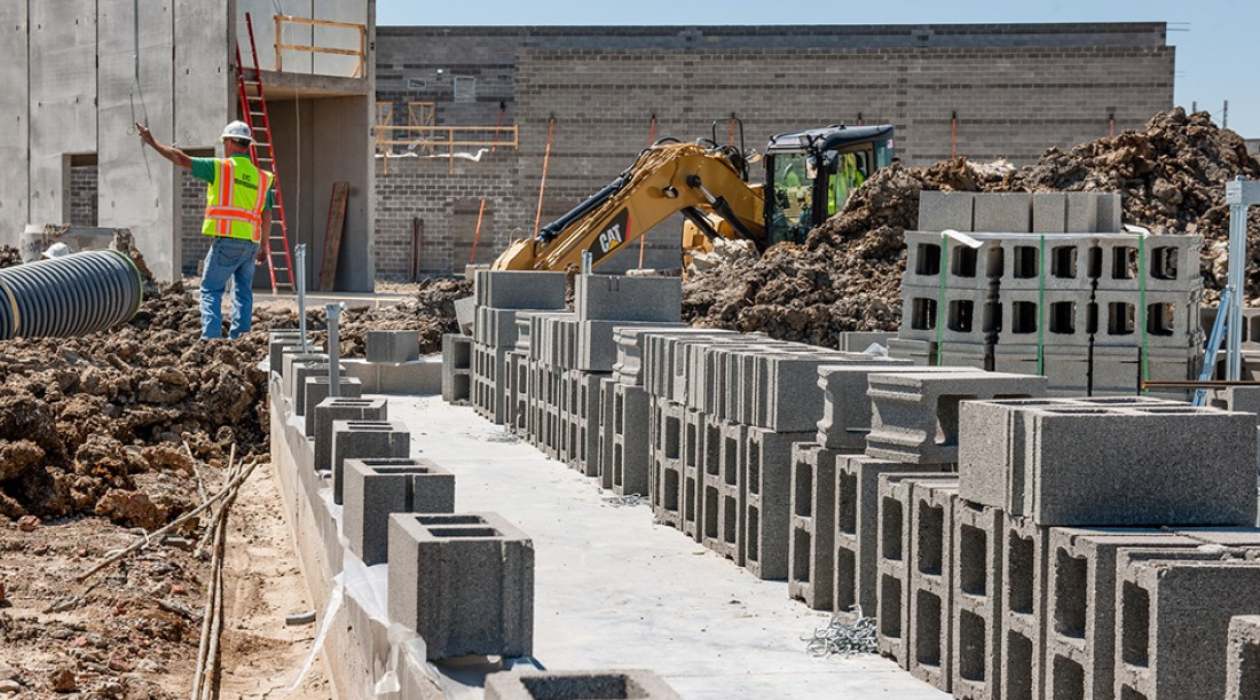



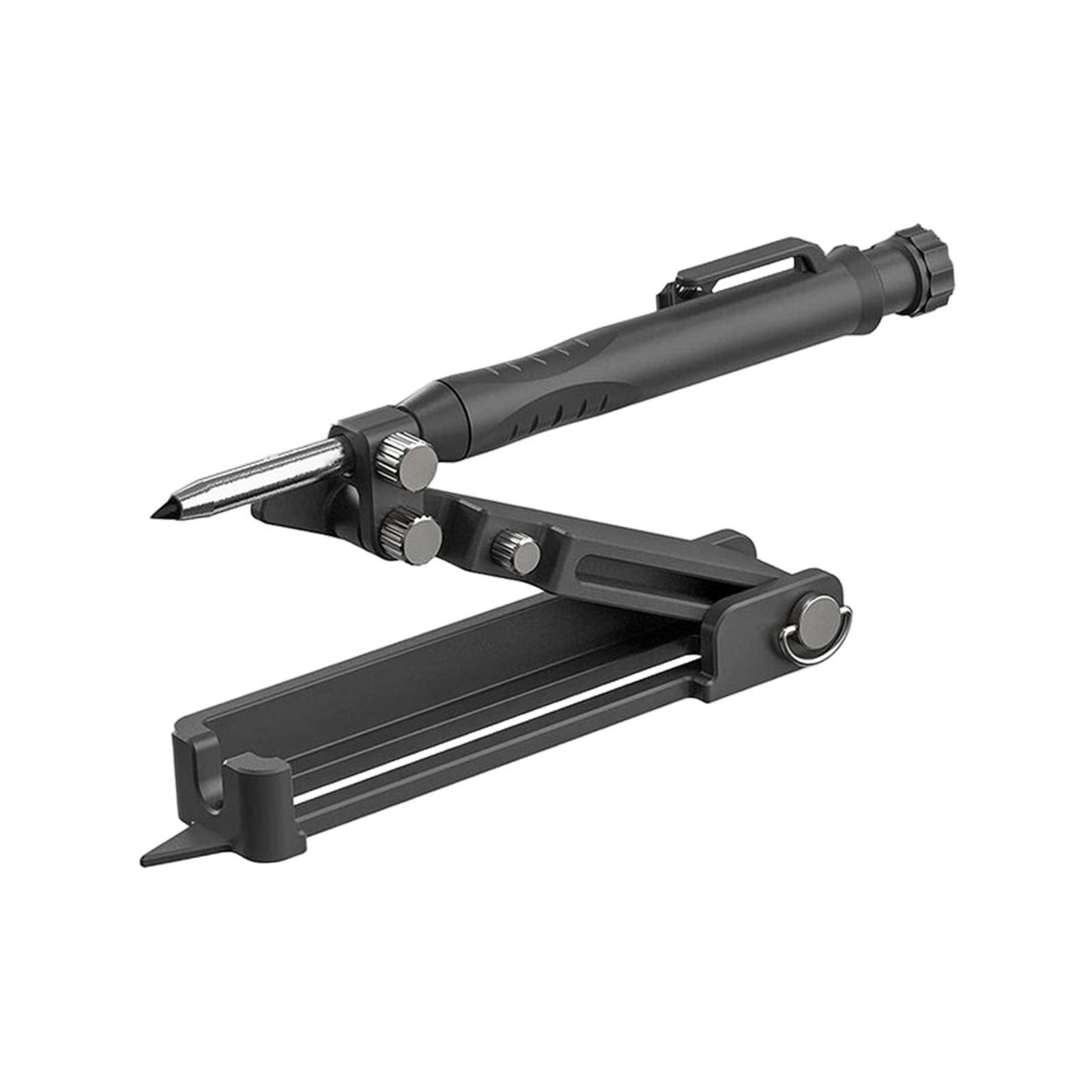


0 thoughts on “What Are Kickers In Construction”